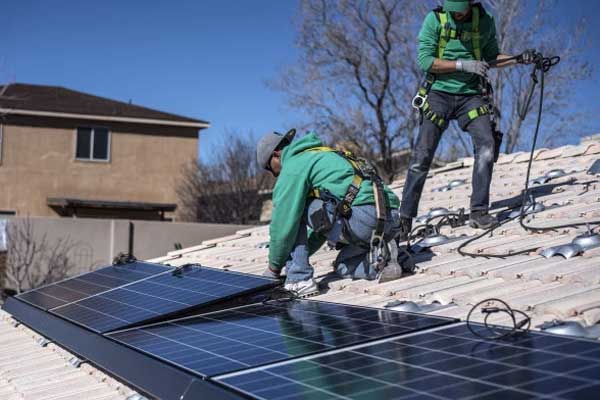- The company raised over $1,452,401 through the exercise of various financial instruments, since the start of June 2020.
- The company has made great strides toward its goal of becoming a leader in the field of Nano silicon materials production for batteries and other renewable energy applications.
Montreal — HPQ Silicon Resources Inc. (“HPQ” or the “Company”) TSX-V: HPQ; FWB: UGE; Other OTC: URAGF; is pleased to announce that since the start of June 2020, the Company has raised over $1,452,401 through the exercise of various financial instruments.
During the period ended June 30, 2020, $182,277 was raised, at an average price of $0.122 per share, through the exercise of 1,087,000 warrants, 178,000 broker warrants, and 175,000 broker units. Furthermore, since the start of Q3 another $1,270,124 was raised, at an average price of $0.121 per share, through the exercise of 7,959,588 warrants, 81,430 brokers warrant and 2,400,000 options.
During the same period, the 11,881,738 financial instruments were exercise, HPQ traded 156,507,300 shares for a value of $55,789,137 at an average price of $0.356. While the volume generated represented 60% of HPQ outstanding shares, the shares issued on exercise represented only 7.6% of the trading volume.
Presently HPQ cash on hand, liquid investment in public companies, and cash reserved for the PUREVAP™ QRR pilot plant project total $4,725,221. In addition, the $11,482,557 cash value of outstanding in the money warrants and options, (80% of those are owned by PyroGenesis, Investissement Québec (IQ), insiders and strategic investors), provides HPQ access to over $16M. This is enough sources of funds to develop, to commercial scale, the game-changing PUREVAP™ family of processes HPQ is developing with Pyrogenesis namely:
a. The PUREVAP™ “Quartz Reduction Reactors” (QRR), an innovative process (patent pending), which will permit the one-step transformation of quartz (SiO2) into high purity silicon (Si) at reduced costs, energy input, and carbon footprint that will propagate its considerable renewable energy potential; and
b. The PUREVAP™ Nano Silicon Reactor (NSiR), a new proprietary process that uses PUREVAP™ QRR silicon (Si) as feedstock, to make spherical silicon nanopowders and nanowires.”
“Since the start of the year, HPQ has made great strides toward its goal of becoming a leader in the field of Nano silicon materials production, and we very grateful for the market support we have received over the last few months and the resultant financings,” said Bernard Tourillon, President & CEO of HPQ Silicon. “Our PUREVAP™ processes open up unique multibillion-dollar business opportunity for HPQ and PyroGenesis, as we strive to deliver the critical and economically viable Silicon nanomaterials required by the surging Li-ion battery market and other large renewable energy markets.”
POTENTIAL OF OUR PUREVAP™ NANO SILICON (Si) REACTOR GETTING NOTICED
The PUREVAP™ NSiR process is purposely being developed to address the fact that current manufacturing processes to make Nano Silicon (Si) Powders are not very scalable and simply too expensive to be commercially feasible, requiring up to US$ 30,000/kg1 selling prices to justify production. HPQ and partner Pyrogenesis are working to develop commercially scalable Nano Silicon powder production and have caught the attention of significant industry players. The company continues to evaluate and discuss potential opportunities under Confidentiality Agreements and cannot provide further commentary at this time.













Comments